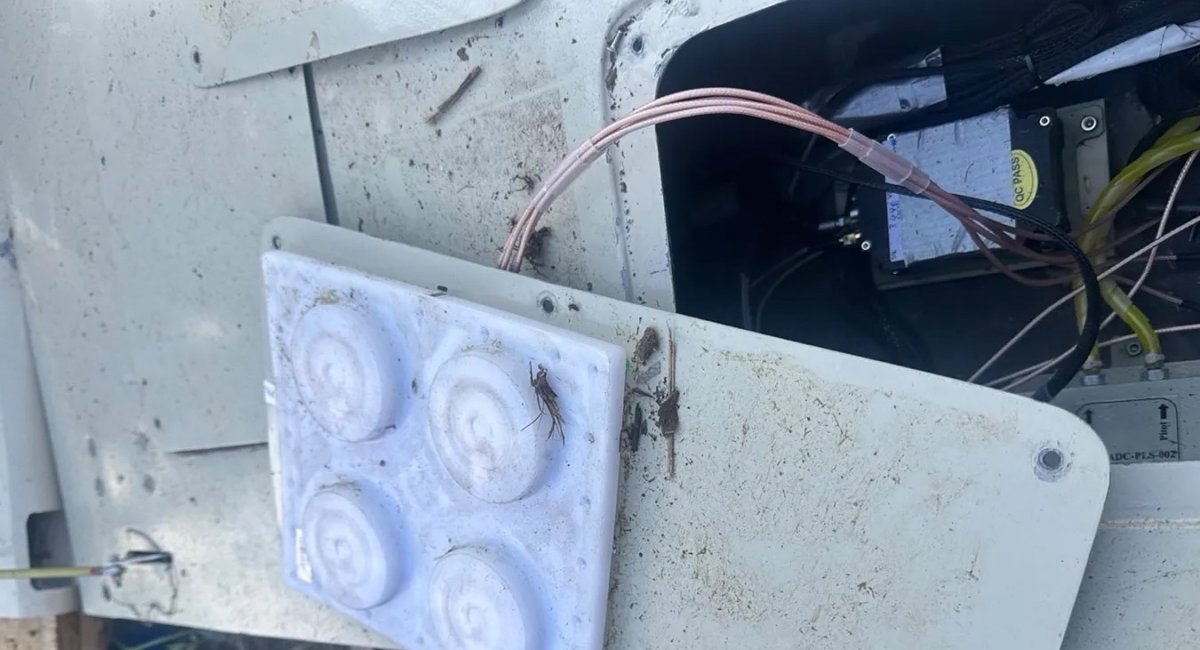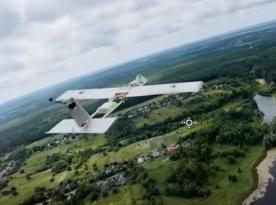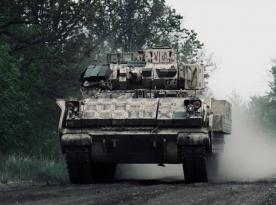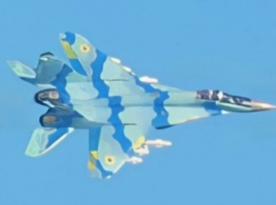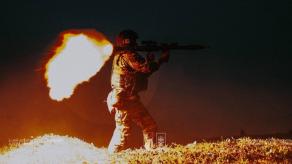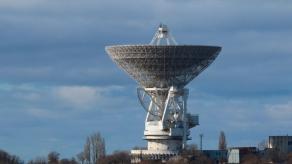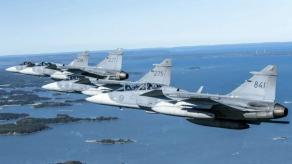A newly downed Shahed-136 loitering munition, recovered by Ukrainian forces in Sumy region in June 2025, offers fresh insight into the evolving technological collaboration between Iran and russia. The Defense Intelligence of Ukraine has published a detailed analysis, including 3D models and electronic component maps, showing significant upgrades to this latest MS-series variant.
Initial assessments confirm that the drone remains fundamentally Iranian in design, based on the fuselage structure and internal layout. However, the integration of several advanced components points to ongoing joint development between Tehran and Moscow, aimed at increasing the combat capabilities of these kamikaze UAVs.
Read more: Closer Look at the One-Way Effector: Europe’s Jet-Powered "Shahed" with a 155mm Shell Inside

One of the most notable upgrades is the inclusion of the Nvidia Jetson Orin high-speed AI mini-computer, previously observed in russia’s V2U drone. This module is designed for high-performance video processing and artificial intelligence tasks. It likely enables the drone to process visual data mid-flight, compare it with preloaded models, and autonomously refine targeting, a significant leap toward semi- or fully autonomous strike capability. This component may also enable dual-use functions, such as ISR (intelligence, surveillance, reconnaissance).
Further enhancements were found in the drone’s navigation system. Iranian-made Nasir satellite system has been upgraded to an eight-channel configuration and was paired with a quad-element GPS antenna capable of receiving signals in both L1 and L5 bands. Similar antennas, including circular eight-element types resembling Chinese designs, have previously been found in russian-assembled Shahed drones.
Additionally, the updated drone includes a radio modem and video transmission subsystem, allowing for the sending of real-time telemetry, video feeds, or group coordination data. This would support advanced operational tactics such as swarm attacks or real-time re-tasking during flight.
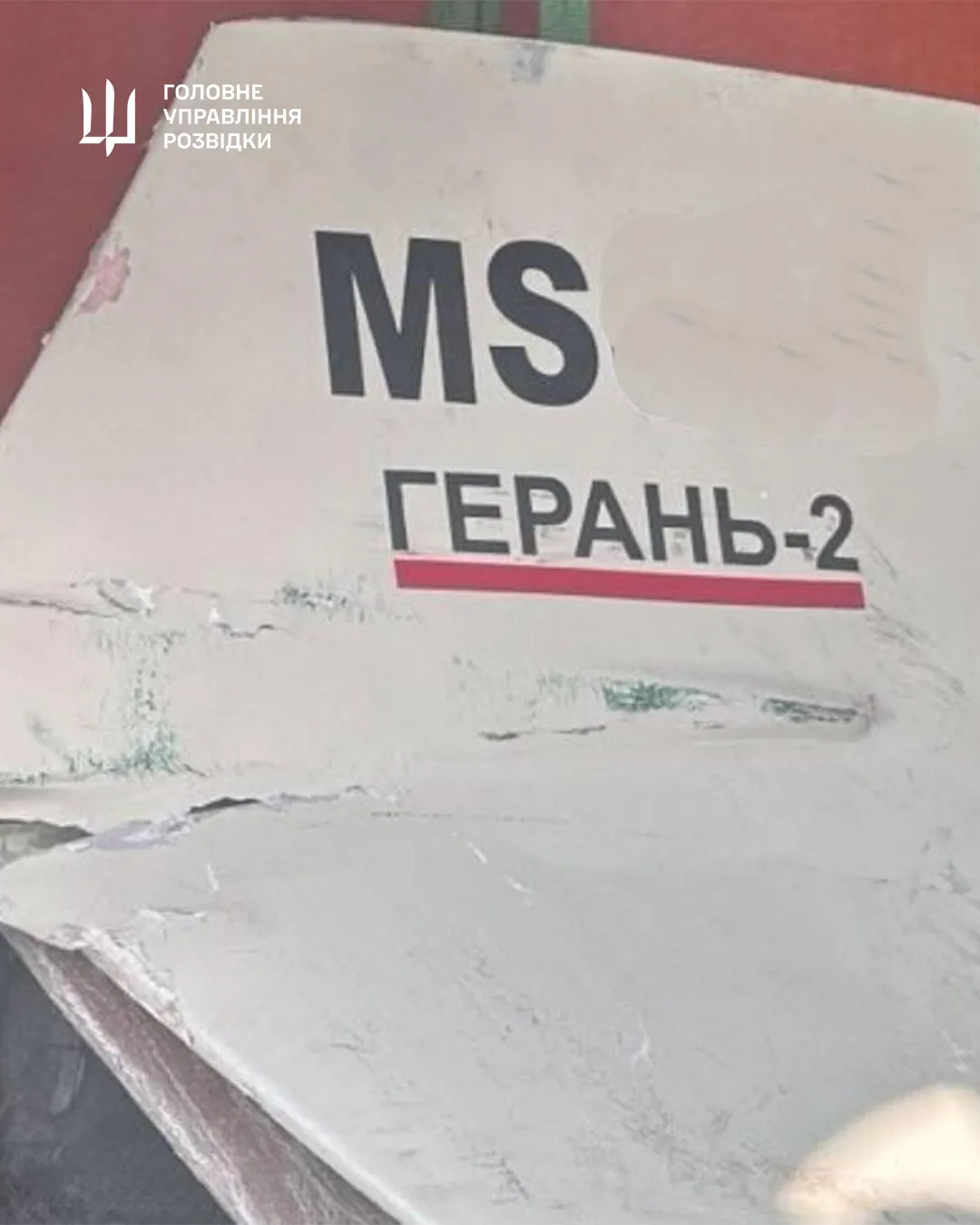
The Defense Intelligence's ongoing analysis underscores that the Iran–russia collaboration is not a one-way transfer of technology. Instead, the two regimes appear to be actively sharing developments. Russian battlefield experience is likely feeding back into Iranian drone designs, raising concerns that these innovations may soon appear in Iranian operations across the Middle East.
The findings reinforce the urgent need for coordinated international action. As Iran and russia refine their joint drone capabilities, the risks are no longer confined to Ukraine’s skies. The emerging drone architectures could be exported or replicated in other conflict zones, posing new threats to global stability.
Read more: russia Tests New Drone Resembling Shahed, But What Is It For?




